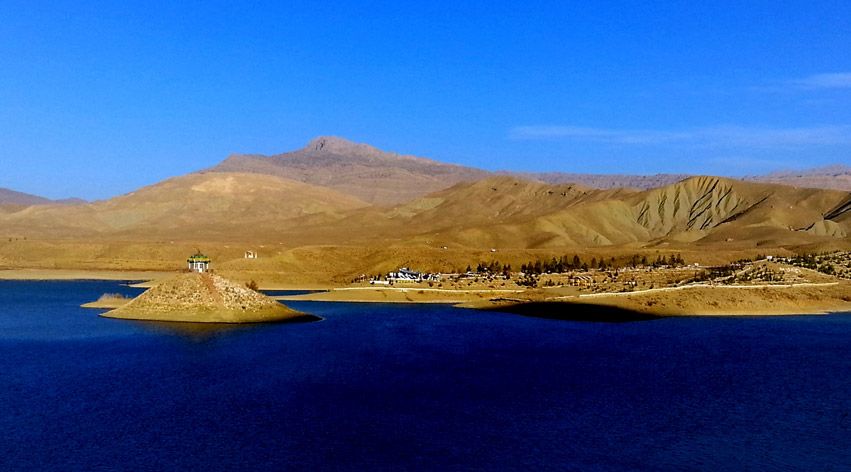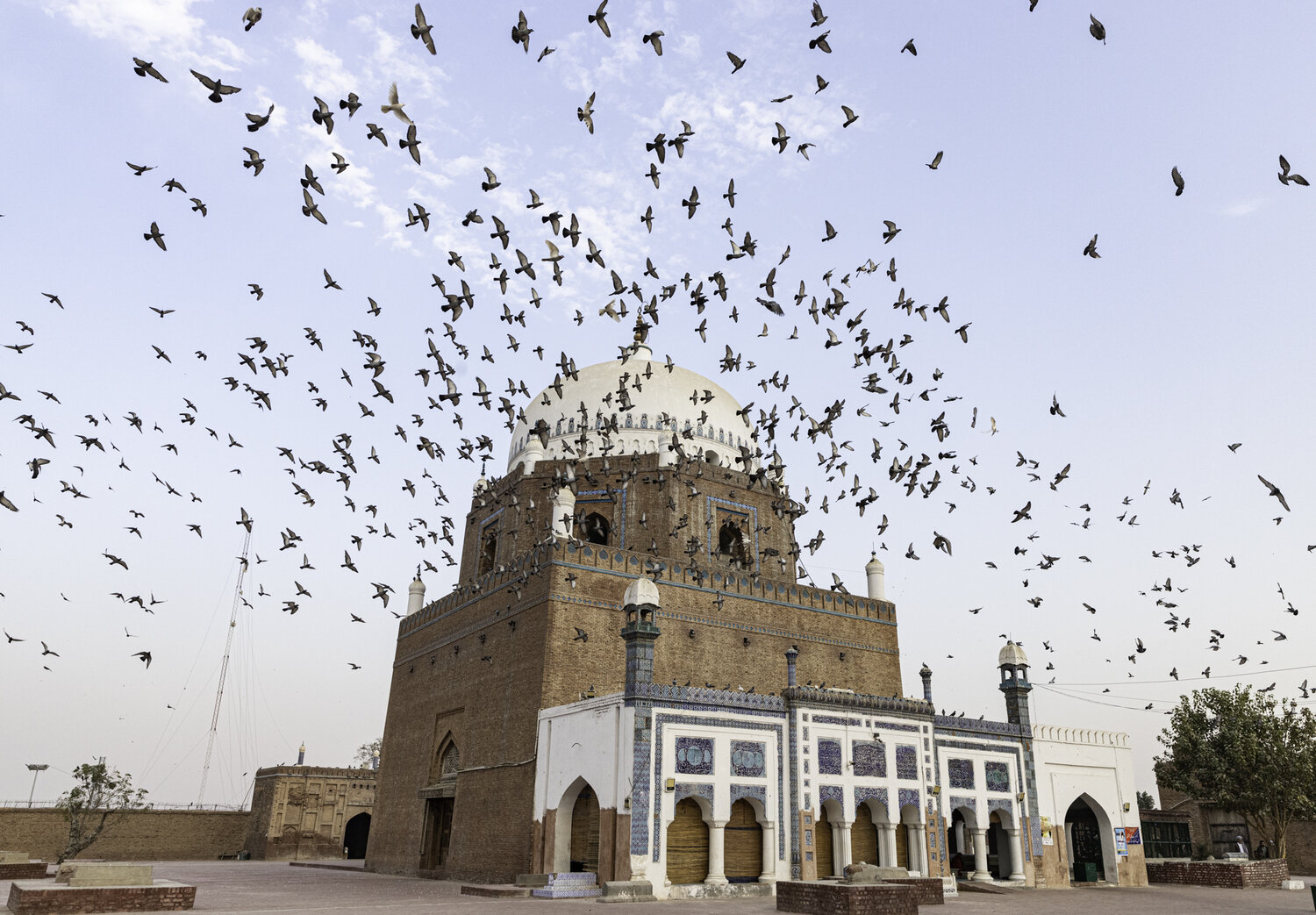Rani Ka Bagh, located in the heart of Rawalpindi, Pakistan, is a historic garden that holds great significance in the city’s cultural and architectural history. Known for its scenic beauty and tranquil atmosphere, the garden has long been a favorite spot for locals and tourists alike. Rani Ka Bagh is not only a symbol of Rawalpindi’s rich past but also a beautiful example of Mughal-era landscaping and design.
Historical Background
Rani Ka Bagh is believed to have been constructed during the Mughal period, though it has undergone several modifications and restorations over the centuries. It is said to have been built by a queen (hence the name “Rani Ka Bagh”) for her personal enjoyment, with the garden serving as a royal retreat. The lush greenery and serene environment of the garden made it a perfect spot for leisure and relaxation for the royalty of that era.
While the exact details of its origin remain somewhat unclear, Rani Ka Bagh has long been recognized as a historic site in Rawalpindi. Over the years, it has become a central part of the city’s public spaces, attracting visitors who seek to explore its beauty and learn more about the region’s royal heritage.
Location and Accessibility
Rani Ka Bagh is located in the city of Rawalpindi, which lies in the northern part of Pakistan, near the capital city, Islamabad. The garden is easily accessible from various parts of Rawalpindi, making it a popular destination for both locals and tourists. Its central location allows visitors to enjoy the garden while being close to the urban conveniences of Rawalpindi.
The garden’s proximity to other historical sites in the city also adds to its appeal, as it is part of a larger collection of landmarks that highlight the region’s diverse cultural heritage.
Design and Architecture
Rani Ka Bagh is a prime example of Mughal garden design, which often emphasizes symmetry, water features, and the careful arrangement of plants. The garden is laid out with elegant pathways, lush lawns, and beautiful flower beds, creating a peaceful and inviting environment. The layout reflects traditional Mughal landscaping principles, with a focus on harmony between nature and human design.
The central features of the garden include well-maintained lawns, shaded areas, and several water fountains, which enhance the garden’s tranquility. The presence of these water features adds a calming effect to the environment, making it an ideal place for relaxation. Over time, the garden has also seen the addition of modern amenities to cater to the needs of today’s visitors, including sitting areas, walkways, and well-maintained gardens.
Cultural and Recreational Significance
Rani Ka Bagh is more than just a garden; it is an integral part of Rawalpindi’s cultural life. The garden is often a gathering place for families, picnickers, and those looking to escape the hustle and bustle of the city. The green space serves as a recreational area where visitors can enjoy a leisurely walk, have a picnic, or simply relax in a serene setting.
In addition to its recreational function, the garden is a popular location for events and cultural activities. Its historical significance makes it a sought-after venue for local celebrations and social gatherings, making it an important part of Rawalpindi’s community life.
Flora and Fauna
The garden is home to a variety of plant species, with a particular emphasis on flowering plants and trees that add vibrant colors to the landscape. The well-kept lawns and ornamental plants enhance the visual appeal of the garden, making it an attractive place for nature lovers and photographers. Visitors can also spot a variety of birds and other small creatures that inhabit the garden, further contributing to its peaceful and natural ambiance.
Restoration and Maintenance
Over the years, efforts have been made to restore and maintain Rani Ka Bagh, ensuring that it remains a pristine example of Mughal-era gardening. Restoration projects have focused on preserving the original features of the garden while adding modern amenities for the comfort of visitors. Local authorities have worked to keep the garden clean, well-kept, and safe for public enjoyment, maintaining its legacy as a historic and cultural landmark.
Visiting Rani Ka Bagh
Rani Ka Bagh is open to the public year-round, with the best time to visit being during the cooler months, from October to March. The garden provides a peaceful retreat from the noise and congestion of the city, offering a calm, green oasis where visitors can enjoy the outdoors. Whether for a quiet stroll, a family outing, or a cultural visit, Rani Ka Bagh offers something for everyone.
Conclusion
Rani Ka Bagh in Rawalpindi is a beautiful and historically rich site that offers a unique blend of natural beauty, architectural elegance, and cultural heritage. The garden is a peaceful sanctuary in the midst of the city, where visitors can experience the splendor of Mughal-era landscaping while enjoying the tranquility of a well-maintained green space. As a symbol of Rawalpindi’s royal past and cultural vibrancy, Rani Ka Bagh remains a must-visit destination for those seeking to explore the city’s history and natural beauty.





 Uncategorized7 years ago
Uncategorized7 years ago
 Uncategorized7 years ago
Uncategorized7 years ago
 Uncategorized7 years ago
Uncategorized7 years ago
 Uncategorized7 years ago
Uncategorized7 years ago
 Uncategorized7 years ago
Uncategorized7 years ago
 Uncategorized7 years ago
Uncategorized7 years ago
 Peshawar7 years ago
Peshawar7 years ago
 Uncategorized7 years ago
Uncategorized7 years ago



